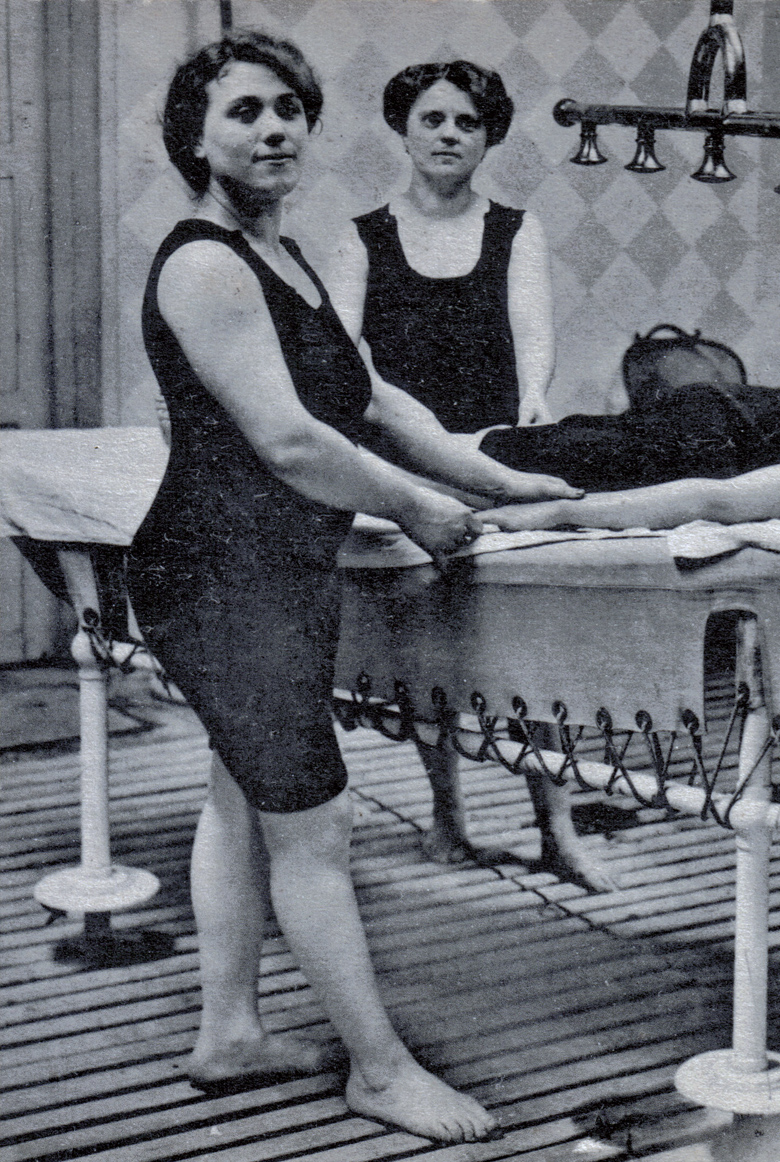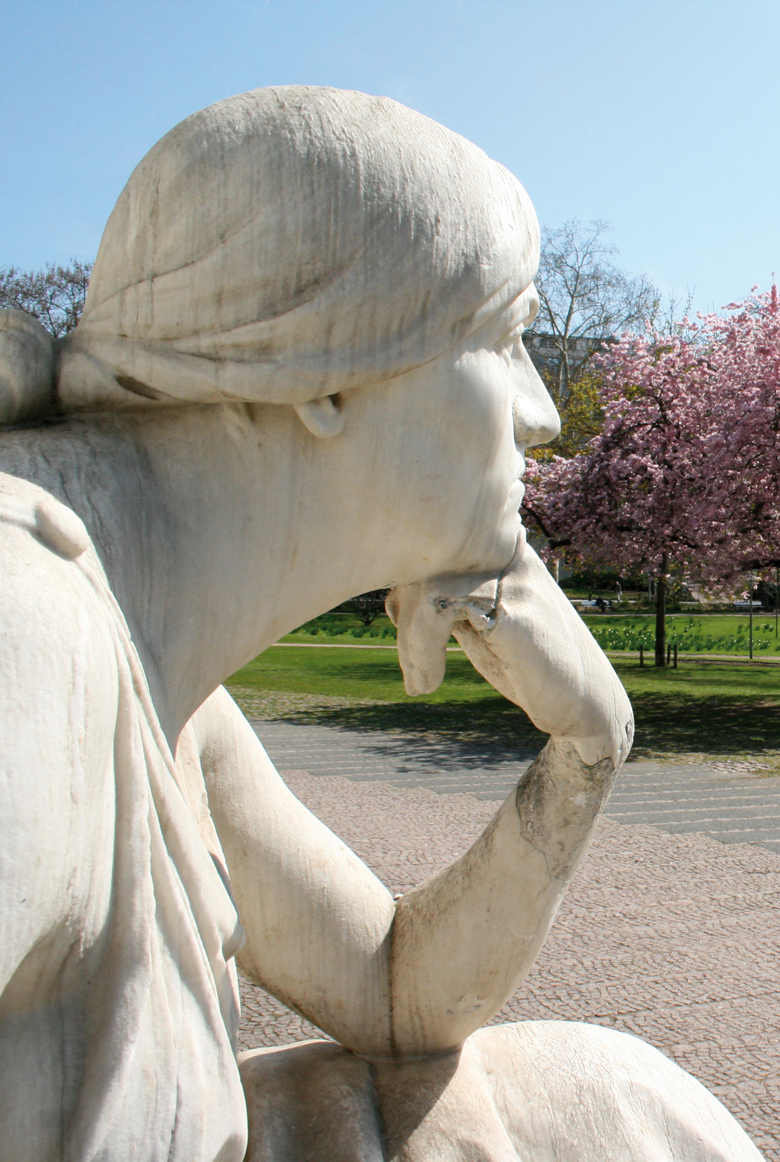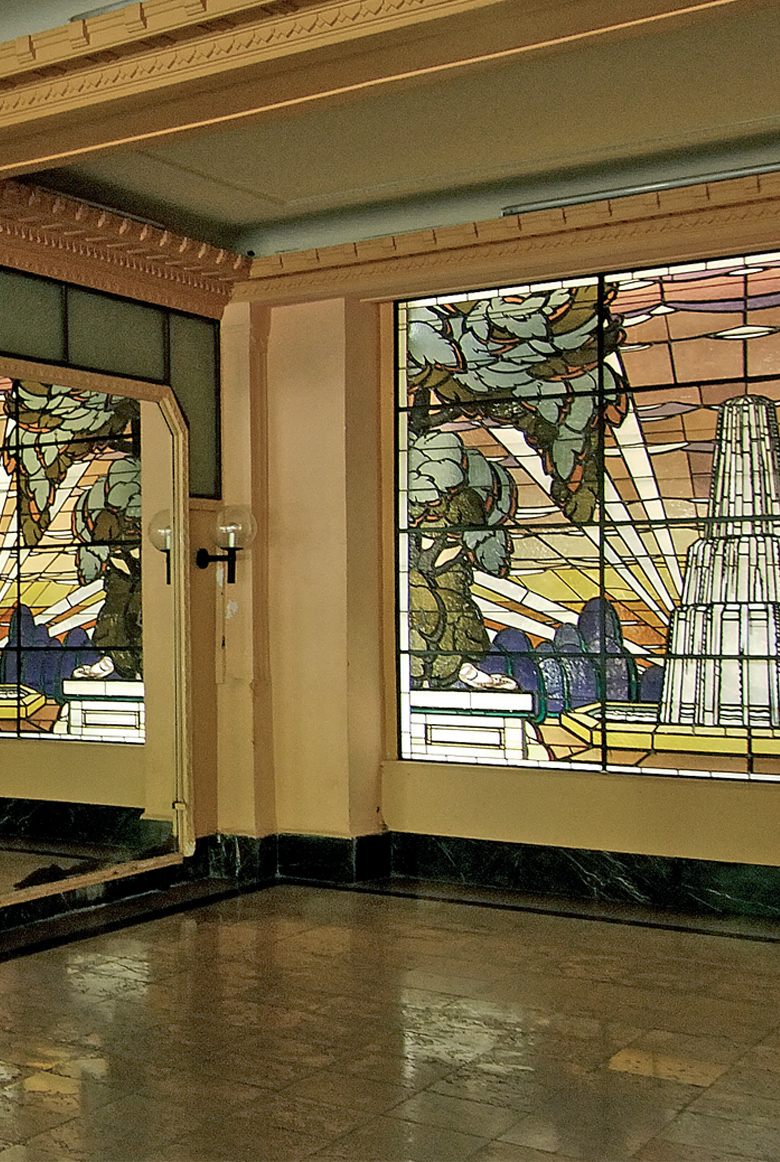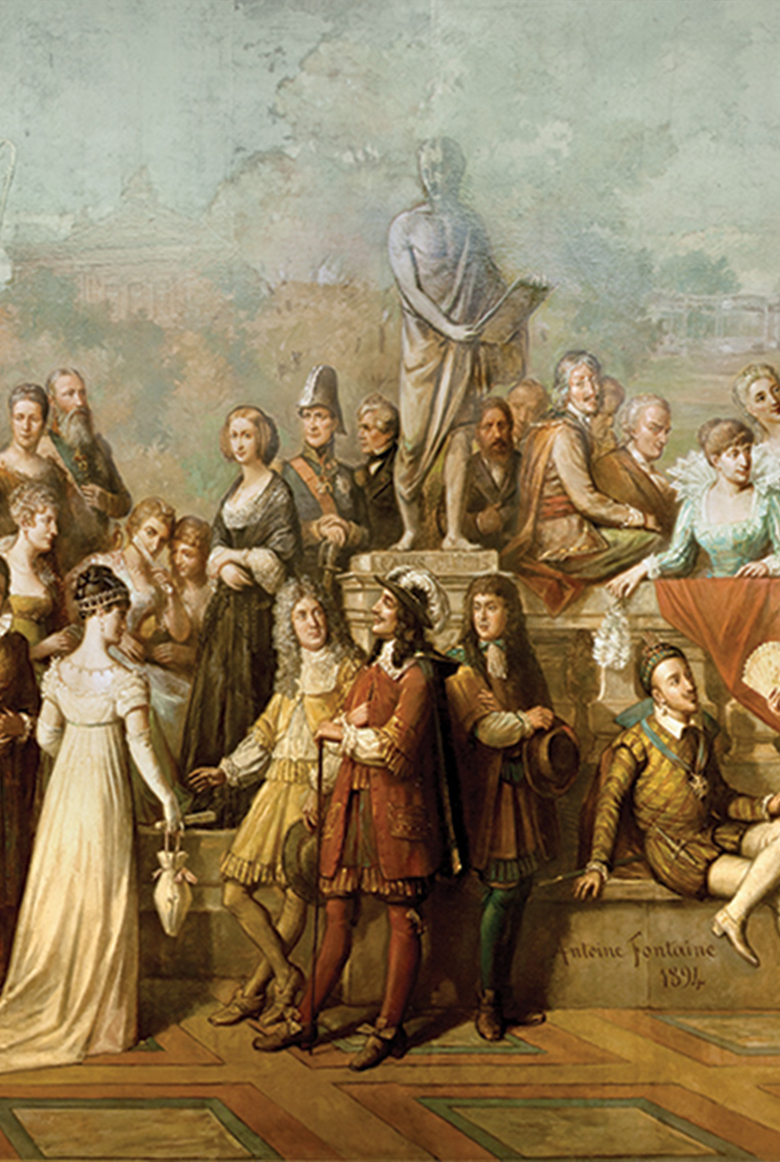Spa Towns as Places for History

The Origins of Thermalism
Although it is most probably that the use of hot mineral springs for health purpouses is at old as humanity itself, History usually marks the beggining of hidrotherapy and thermalism with the Ancient Greece and Roman civilizations.
The abundance of warm and hot springs greatly influenced the life of Ancient Greece. By the 5th century BC this civilization already knew about the healing properties of these waters, and bathing was a widespread therapy, carried out at the first public bathhouses.
While Greeks ritualised the waters as sacred, being the domain of gods and heroes – which would explain its “magical” effects – they also were the first ones to observe and study them from a scientific perspective. It was here where balneology was born as a science.
The Dark Era
With the fall of the Roman Empire, the culture of public bathing declined in Medieval Europe. The early Christian Church condemned the spas as places of loose moral while diseases like the Black Death helped to discourage these practices due to fuelled fears of contagion.
Meanwhile, the Muslim world was beginning to develop its own spa culture, building new Roman-inspired bathing facilities in the places they conquered.
By the 10th century, more than 300 public spas were working in Cordoba (Spain), the capital of the Arab territories in the Iberian Peninsula. Places of cleanliness and hygiene but also, once again, with a central social role.
Europe would be influenced by the Arab bathing tradition, first through the Crusades and later with the arrival of the Ottoman Empire. Hammams or Turkish Baths, where steam plays a vital role, are today a part of Europe’s thermal culture.


Sources of a New Beginning
The Renaissance that awoke old Europe between the 15th and 16th centuries brought a renewed interest in the Classic world that would open a new chapter in the history of thermalism.
By that time, spa towns as Montecatini and Abano (Italy) or Baden-Baden (Germany) had already begun to attract visitors, while Spa (Belgium), whose iron-water fountains were discovered in the 14th, was rapidly gaining fame across Europe as a healing destination.
In Italy, an important amount of doctors started studying the properties of the springs, inspired by the rediscovery of the ancient Graeco-Roman texts.
Rise and Splendour of Spa Towns
Kings, emperors and other aristocratic visitors were the first to popularize the tradition of “taking the waters” during the 18th century, which became almost an art form.
The wealthy bourgeoisie would soon follow this trend, chasing an opportunity to mix with the royalty and nobility. Therefore, European spa towns rapidly rose their popularity, not only as centres for health but also for social life.
These wealthy and famous guests expected not only the spa medical facilities but also elegant and luxury accommodation as well as places for their recreation.
To answer this demand, the most famous health resorts put in new investments and developed services and infrastructures: hotels, theatres, casinos, restaurants, concert halls and magnificent parks and gardens with promenades to walk by.
This urban transformation also answered to changes in the Enlightenment’s vision of cure through water, which included 3 obligations: drinking mineral water (different springs for different diseases), practising a physical activity (walking, dancing, riding, etc.) and enjoying oneself.


The Belle Époque
Spa towns entered the 20th century in their full splendour. By that time, the benefits of waters had been fully recognized and the construction of railway lines, providing faster and more comfortable journeys, made much easier for visitors to reach spa towns.
The Iron Route would be a turning point for European spa towns, especially in France, where it encouraged the flourishing of new healing sites, all equipped with their own railway station and tour packages. Train travels also made visiting the spas moreaffordable for middle classes and spa towns largely increased their visitors. This led them to specialize their treatments and to keep building more accomodation and recreation facilities. Modern tourism had already begun.
During the First World War waters were popular for treating wounded soldiers and afterwards became an appreciated way for Europe to forget the horrors of war. In countries like France, the popularity of French spas grew during the interwar period and Budapest was recognised as a spa capital during the first International Balneological Congress held in 1937. After the II World War many national health systems would include these treatments, making them available to the whole society.
A look into the future
At the dawn of the 21st century Thermalism is experiencing a second revival as health and wellness tourism is becoming more popular and growing rapidly.
Spa towns visitors today do not only pursue classic thermal treatments, but come looking also for health prevention, global well-being and different quality leisure experiences. The need for active ageing strategies and a desire to live longer and better demands for a new medicine based on prevention and personalization; proactive treatments that are coherent with the principles behind European thermal tradition and its holistic approach to health.
This complex demand ask for innovative solutions which spa towns are ready to pursue. They have reinvented themselves as modern health tourism destinations, offering a wide range of services and new forms of architecture coherent with current trends and fashions, minimalist interiors, high quality eco-friendly materials, open spaces…
European spa towns have combined their traditional spa offer with other forms of complementary tourism built upon its heritage and cultural values, deeply rooted in the history and identity of Europe.The classic concept of spa towns as places for leisure and culture, where one could experience history in first person still applies today, developing new forms of cultural tourism committed to the sustainable growth of their territories.





